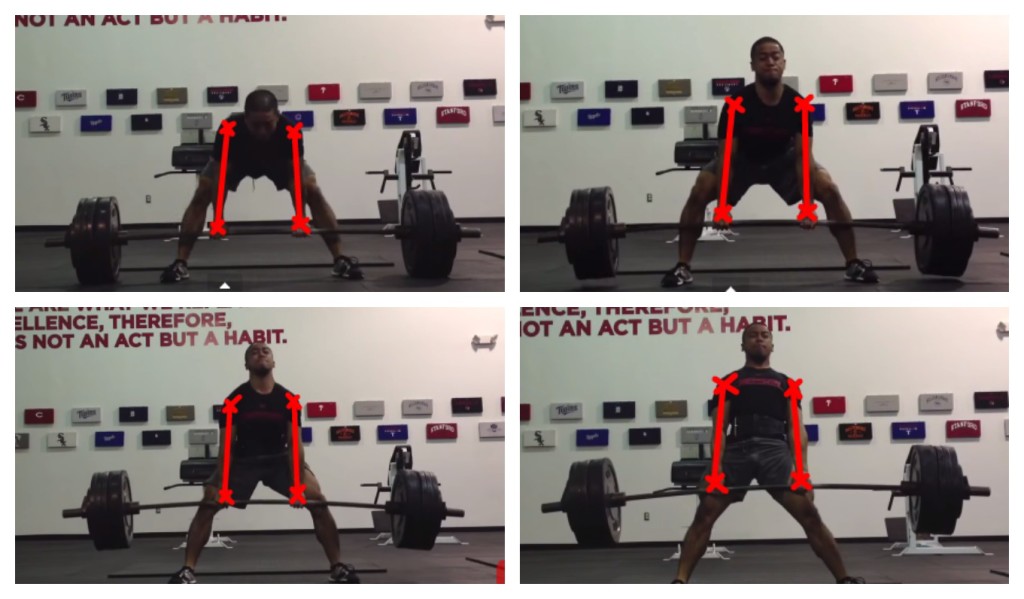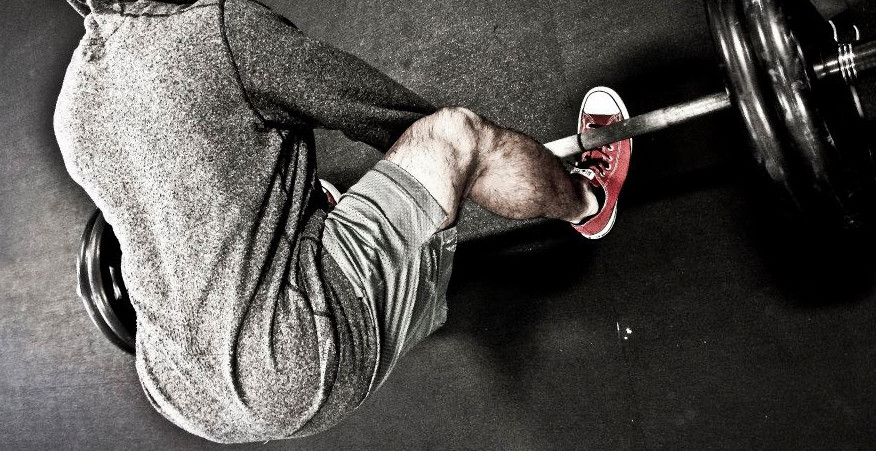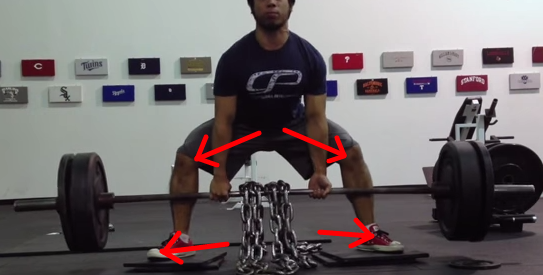Deadlifting may be one of the more important exercises for dancers out there. The reason for this is you need to develop high amounts of tension in a short amount of time in order to be successful in both dancing and deadlifts.
One move in particular throughout bboying involves performing windmills – you need to develop constant tension throughout your upper body, simply rolling from shoulder to shoulder, while slowly spreading your hips and feet apart from each other.
More specifically, there is something about having movement in the hips while maintaining a stiff upper body during deadlifts that speaks correlatively in relation to windmills, albeit it may just be coincidence.

While you don’t need to roll your shoulders during the deadlift, you do need to quite literally spread the floor – especially during the sumo deadlift.
Hidden Benefits of Performing the Sumo Deadlift
However, performing windmills over and over may not be as conducive to joint health as performing deadlifts. I am merely representing the two movements in an analogous manner.
What is truly beneficial about the deadlift is that it can challenge the anterior core, train the legs and glutes, and develop a movement pattern to teach anti-flexion.
When we are dancing, we want to be versatile in many movement patterns, and having a little extra muscle may help prevent any injuries from occurring both from an acute and long term point of view.
Acutely, if you have more muscle around a joint, you can save your joints from being damaged – such as when you bang your shoulder against the ground when preparing to do a freeze.
From a long term perspective if your muscles (and your brain) are more resilient to stress from dancing, lifting, and all of the above, you are theoretically more able to recover from training session to session, or from competition to battles.
Lastly, the benefits of understanding rate of force production is something that is helpful to understand, as the individuals who can develop more force in a shorter amount of time may prove to be the most explosive dancers on the floor, or the most explosive athletes on the field.
4 Tips to Troubleshoot the Deadlift
There are a couple of ways to mess up the sumo deadlift. These involve:
1. Not getting close enough to the barbell.
If you don’t get close to the barbell – like having your shin LITERALLY right next to the barbell, two things will happen: the bar will drift forward and away from you as you pull, or you will tip forward and break tension in your hips.
2. Losing position with your upper back.
Many individuals say to get tight in your upper back, others say have loose shoulder blades.
I recommend getting tight throughout your lats and other upper back musculature, because if you aren’t tight through that area, the next area to “get out of alignment” is your thoracic spine (or your midback).
Lose position of your thoracic spine and you may find yourself tipping forward (again).
3. Not spreading the floor (appropriately).
Spread the floor can mean many things to many different people. Some people have no idea what spreading the floor means. It’s all about context.
Spread the floor is referring to opening your hips, while having a stable, wide platform developed from your feet.
Your knees should be stable as well – no wobbly knees, or any knees going in.
Opening your pelvis causes your femurs to externally rotate and abduct. “Spreading the floor” from the feet up involves ever-so-slightly supinating your feet (think about supinating AWAY from pronation – similar to extending AWAY from flexion).
The focus is not on the “knees going out” anymore – it is creating tension in both the hips and the feet. The reaction that occurs at the knees are secondary to the tension that is created in the feet and the hips (along with the anterior core as well).
4. Having your hands too far apart.
If you bring your hands straight down, reach for the bar, that is where your grip should be when you sumo deadlift.

Notice gap between hands/arms and legs. (Top Left) This will eventually lead to a “longer arm position”, a shorter distance to pull sumo, and arms right next to your torso as you finish the lift (Bottom Right).
If your hands are too far apart, the amount of tension you need to develop increases. This can be seen with variations such as a Snatch Grip Deadlift.
For beginners just learning how to deadlift, keep these tips in mind when performing a kettlebell deadlift. I usually include kettlebell deadlifts for most beginners learning how to deadlift because it is easier to manage from an leverage point of view.
If you found the above helpful, please share the post, and THEN sign up for my newsletter in the left column for more updates on when I write other articles like this! Thank you.
As always,
Keep it funky.



